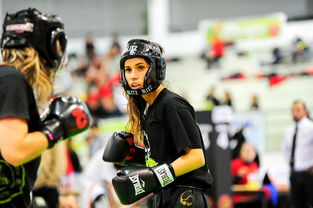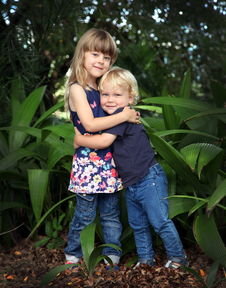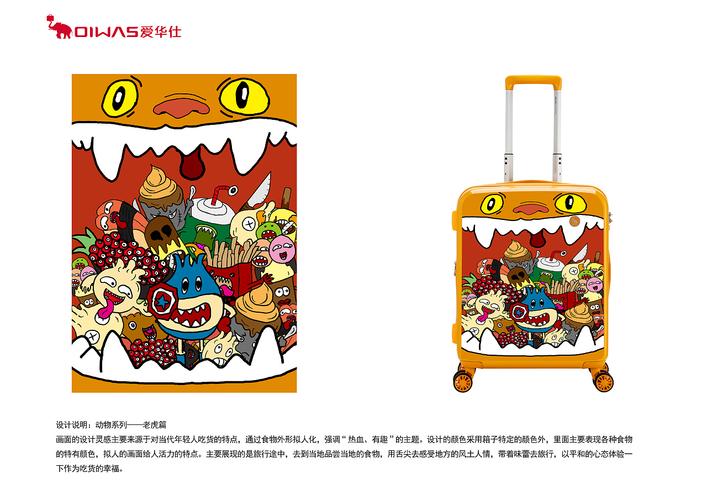A Comprehensive Guide to English Terminology in the Fashion Industry
Introduction:
The fashion industry is a dynamic and global business that requires effective communication across different cultures and languages. English terminology plays a crucial role in this industry as it is widely used for design, production, marketing, and sales. In this comprehensive guide, we will explore key English terms and phrases commonly used in the fashion industry to enhance your understanding and communication skills.
1. Fashion Design:
Silhouette: The overall shape or outline of a garment.

Hemline: The edge or bottom of a garment, such as a skirt or dress.
Pattern: A template or guide used to create pieces of fabric that will be sewn together to construct a garment.
Appliqué: A decorative technique where fabric pieces are sewn onto a larger fabric.
Draping: The process of positioning and pinning fabric on a mannequin or dress form to create a garment design.
Seam allowance: The extra fabric added beyond the stitching line to allow for seams.
Fastening: The method used to secure a garment, such as buttons, zippers, or Velcro.
2. Textiles and Materials:
Fiber: The basic unit of a textile, such as cotton, silk, or polyester.
Weave: The pattern created by interlacing yarns in a fabric.
Knit: A method of creating fabric by interlocking loops of yarn.
Dyeing: The process of imparting color to textiles.
Print: A design or pattern applied to fabric through different techniques, such as screen printing or digital printing.
Texture: The tactile feel or appearance of a fabric.
Sheen: The level of shine or gloss on the surface of a fabric, such as matte or satin.
Lining: A layer of fabric sewn inside a garment to provide a finished look and comfort.
3. Fashion Retail:
Visual merchandising: The art of presenting fashion products in a visually appealing and enticing manner.
Window display: A creative arrangement of fashion items in store windows to attract customers.
Point of sale (POS): The location where the final transaction takes place, typically a cash register or checkout counter.
Markdown: A temporary reduction in the selling price of a product.
Inventory management: The process of overseeing the flow of goods from production to sale.
Customer service: Providing assistance and support to customers during their shopping experience.
Return policy: The guidelines and procedures for customers to exchange or return products.
Ecommerce: Online retailing of fashion products.
4. Fashion Marketing and Promotion:
Branding: The process of creating a distinct image and identity for a fashion company or product.
Advertising: Paid communication through various media channels to promote a fashion brand or product.
Social media marketing: Utilizing social media platforms to engage with customers, promote products, and build brand awareness.
Influencer: A person with a significant online following who can impact consumer behavior and purchasing decisions.
Campaign: A coordinated series of marketing activities designed to achieve specific objectives within a defined timeframe.
Trend forecasting: Analyzing and predicting future fashion trends to guide product development and marketing strategies.
Public relations (PR): Managing the communication and reputation of a fashion brand through media relations, events, and collaborations.
Market research: Collecting and analyzing data about consumer preferences, market trends, and competitor analysis.
Conclusion:
Mastering English terminology in the fashion industry is essential for effective communication, collaboration, and success. The terms and phrases provided in this guide are a starting point to enhance your knowledge and fluency in the fashion business. By understanding and utilizing these terms, you will be better equipped to engage with industry professionals, express your ideas, and navigate the global fashion landscape.











